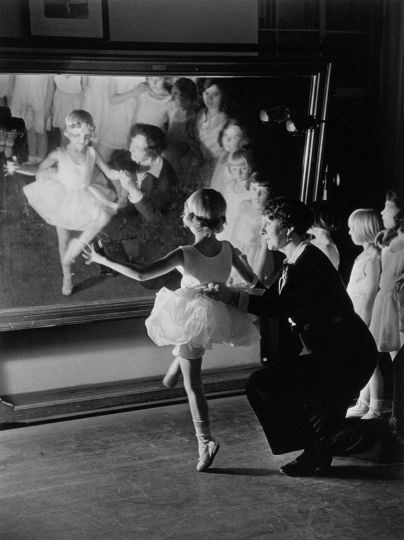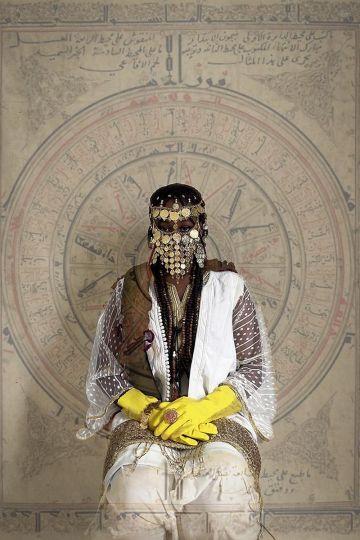As of January 1, 2020, photojournalists only represent 1.6% of press cards awarded in France. Caught up in the digitalization of information and the press crisis, the profession is stuck into precariousness.
In 2015, the Civil Society of Multimedia Authors (Scam) presented Visa pour Image with an alarmist report entitled “Photojournalist, a sacrificed profession”. Five years later, nothing has changed. Worse, the number of photoreporters with a press card has been halved. As of January 1, 2020, only 545 press cards for photo reporters have been allocated. They were 1141 in 2015, 1420 in 2010 …
Without status
“The vast majority of photojournalists are freelancers but they are paid by invoice, copyright, or self-employed status rather than salary. This prevents them from having a press card, ”explains Emmanuel Vire, secretary general of the SNJ-CGT and member of the press card allocation committee. Freelance or not, to benefit from the protective status of the press card, the law requires that more than half of the worker’s annual income be paid by a press company and that this constitutes his main activity.
This is the case with Sébastien Pons. When he launched into press photography in 2017, the drop in orders and the drop in freelance compensation was already the rule in the industry. Despite his affiliation with the Hans Lucas studio, journalism was not enough for him to make a living with his camera.
“The press represents 1 / 6th of my income. For the rest, I do summer weddings or visual communication for artisans or local businesses, ”explains the photographer based in Tours.
“Diversifying your income has become the norm for the overwhelming majority of press photographers,” says Emmanuel Vire. But this diversification has a perverse effect: it prevents them from meeting the criteria for being granted the press card.
Deregulation
“Many press companies circumvent the Cressard law so as not to pay freelancers in salary and thus avoid social charges and obligations linked to the existence of an employment contract”, explains Thierry Ledoux, former photojournalist and member of the Scam Journalists Committee.
Another example symbolizes the situation. At Le Monde, no photographer is employed. And of the hundreds who collaborate with the evening daily, only three have a guaranteed place in the newspaper: one for politics and two more for war reporting. “We made the choice not to pay the photographers to maintain a tension between the editorial staff and the freelance writer”, explains Nicolas Jimenez, director of photography at the newspaper Le Monde. “It’s a more stimulating working relationship. ”
When freelancers don’t have to run after their pay: “After sending our photos, it is not uncommon to have to check ourselves on Google if our images have been published, and to follow up by email several times a week, sometimes during several months, to receive our salary, ”confirms Sébastien Pons.
Precariousness
And this remuneration is very variable. The decree on the remuneration of photo freelancing, signed on May 9, 2017, sets the minimum wage at 60 euros gross for 5 hours of work. The device does not specify how much will be paid for the reuse of the photo.
“Anguished moments, I went through two big ones, each time because of non-payment. In fact, my biggest worries are money. It’s true that if it paid a third better, I would have less anxiety because it would save a little money. Because there, it’s impossible to save money, ”comments a photojournalist in the survey carried out by Irène Jonas, an independent sociologist on behalf of the Center for Studies and Research on Qualifications.
Support plan
On August 27, the government announced a “support plan for the press sector”, endowed with 377 million euros, which will run until 2022. A fund to fight against precariousness, endowed with 18 million euros euros per year, will be specifically set up to support “the most fragile players in the profession”, including photojournalists. “We regret that the journalists’ unions were not involved in determining the criteria for the allocation and the mode of distribution of this fund,” deplores Emmanuel Vire.
Professionals fear that the allocation of these grants lacks transparency. “Each year several million euros are paid to newspaper publishers without any real compensation in terms of the employment of photojournalists. », Pleads Thierry Ledoux of the Scam.
“Photojournalists need only one thing,” emphasizes Emmanuel Vire, “for them to be paid decent salaries and for their employers to respect the law”.
Samir Touzani
https://www.visapourlimage.com/
















